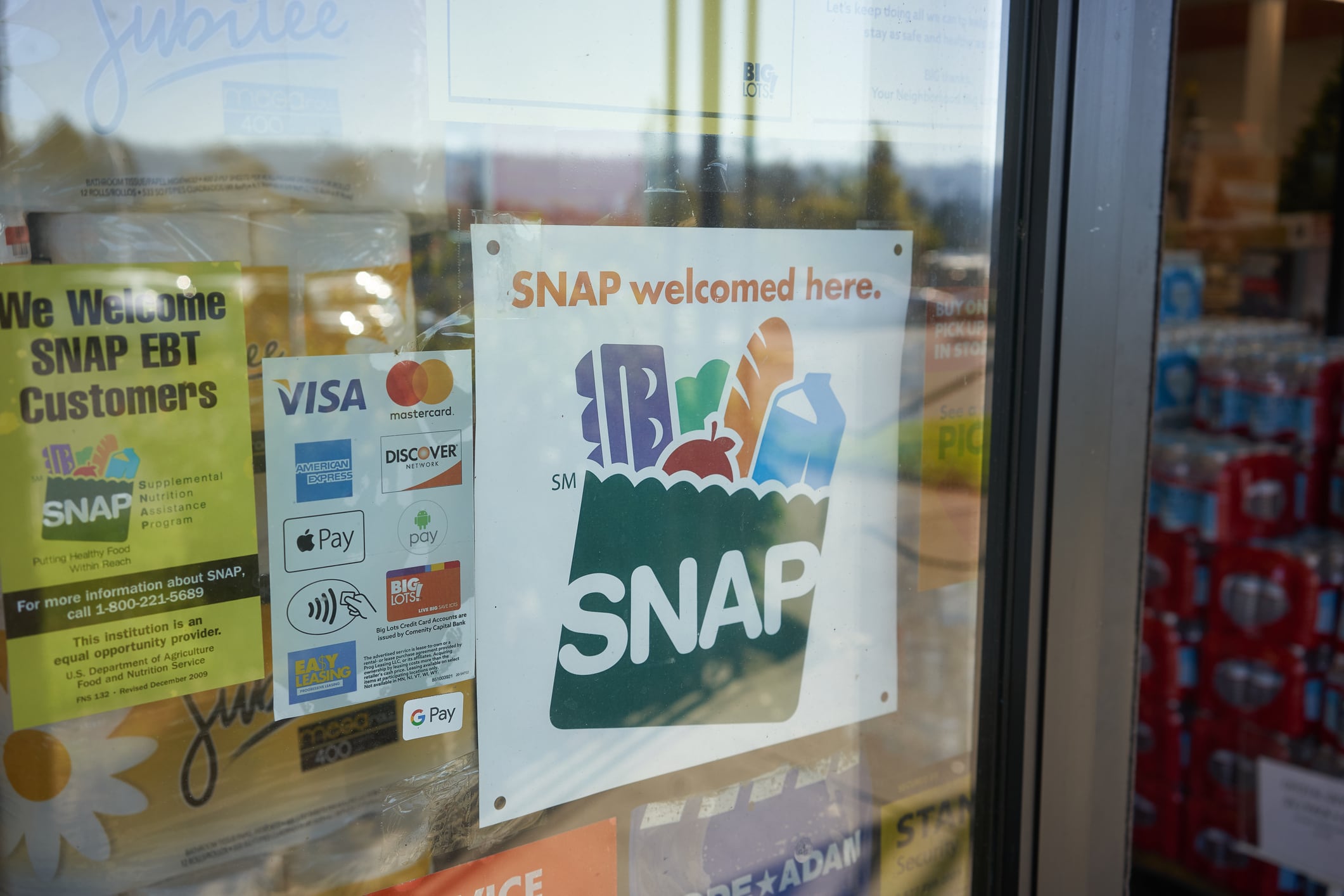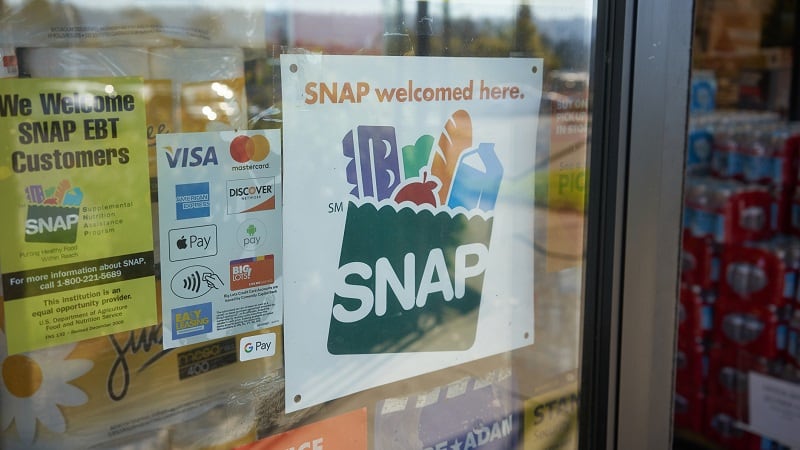Farmers, food manufacturers and grocers brace for major sales disruptions as the federal shutdown draws out, restricting funding for food assistance programs for millions of Americans in November.
If the federal government shutdown that began Oct. 1 following Congress’ failure to pass a continuing resolution for the budget continues into the new month, state agencies will not be able to disburse funds for the Supplemental Nutrition Assistance Program (SNAP) and the Special Supplemental Nutrition Program for Women, Infants and Children (WIC).
The impact includes a roughly $9 billion shortfall for November benefits, which the $5 billion contingency fund will not cover, according to USDA.
The shutdown threatens CPG brands that produce and distribute SNAP- and WIC-approved products. These programs underpin consistent sales for packaged staples, shelf-stable meals and fortified foods, while supporting retailers that depend on benefit-driven traffic.
Grocers warn of retail and supply-chain instability
“The National Grocers Association (NGA) calls on leaders in Congress from both sides of the aisle to find a funding solution that reopens the government as quickly as possible,” said NGA President and CEO Greg Ferrara. “Independent grocers are often the only source of fresh produce, dairy and other nutritious essentials for millions of families, veterans and seniors that rely on federal nutrition assistance. A lapse in funding will disrupt food access, creating instability for shoppers, retailers and communities alike.”
Beyond retail, the economic reach of SNAP and WIC is substantial, supporting more than 388,000 jobs and generating $20 billion in economic activity, according to NGA. A halt in benefits could cut into store revenues and disrupt the steady demand that CPG manufacturers rely on for production forecasting, promotions and category growth, added NGA.
SNAP crisis deepens as USDA faces pressure
If SNAP funds are not released, “nearly 42 million families will be unable to afford groceries, much less a Thanksgiving meal,” warned Joelle Johnson, deputy director at the Center for Science in the Public Interest (CSPI).
Johnson accused Secretary of Agriculture Brooke Rollins of “picking winners and losers – choosing to fund beef, corn and soybean farmers while millions of people in the US go hungry.”
Congressional leaders also are pressuring USDA to use the $5 billion SNAP contingency fund to cover November benefits. The contingency fund is a federal allocation of SNAP benefits used to cover insufficient funds, particularly during natural disasters.
In an Oct. 24 letter to Rollins, House Agriculture Subcommittee Ranking Members Jahana Hayes and Angie Craig wrote that “choosing not to ensure SNAP benefits reach those in need this November would be a gross dereliction of your responsibilities to the American people.”
Sen. Josh Hawley (R-Mo.) introduced the Keep SNAP Funded Act of 2025 bill, which would allow Rollins to access emergency funds. The proposed law, which is co-sponsored by Rep. Max Miller (R-Oh.), ensures SNAP recipients do not miss their benefits, even if the federal government is shut down or Congress hasn’t passed the full budget, yet. While the bill has been introduced in the House and Senate, its status is still in limbo.
Meanwhile, USDA issued a memo, obtained by Politico, stating that it will not use emergency funds to pay for SNAP.
Local food networks feel the strain
The shutdown also is rippling through local supply chains: delayed payments from programs like SNAP and Double Up Food Bucks are stalling cash flow for small producers who depend on those sales, according to the National Young Farmers Coalition.
“SNAP is not just an anti-hunger program – it’s a farm policy that stabilizes markets for small producers and keeps food dollars in local communities,” the group noted.




